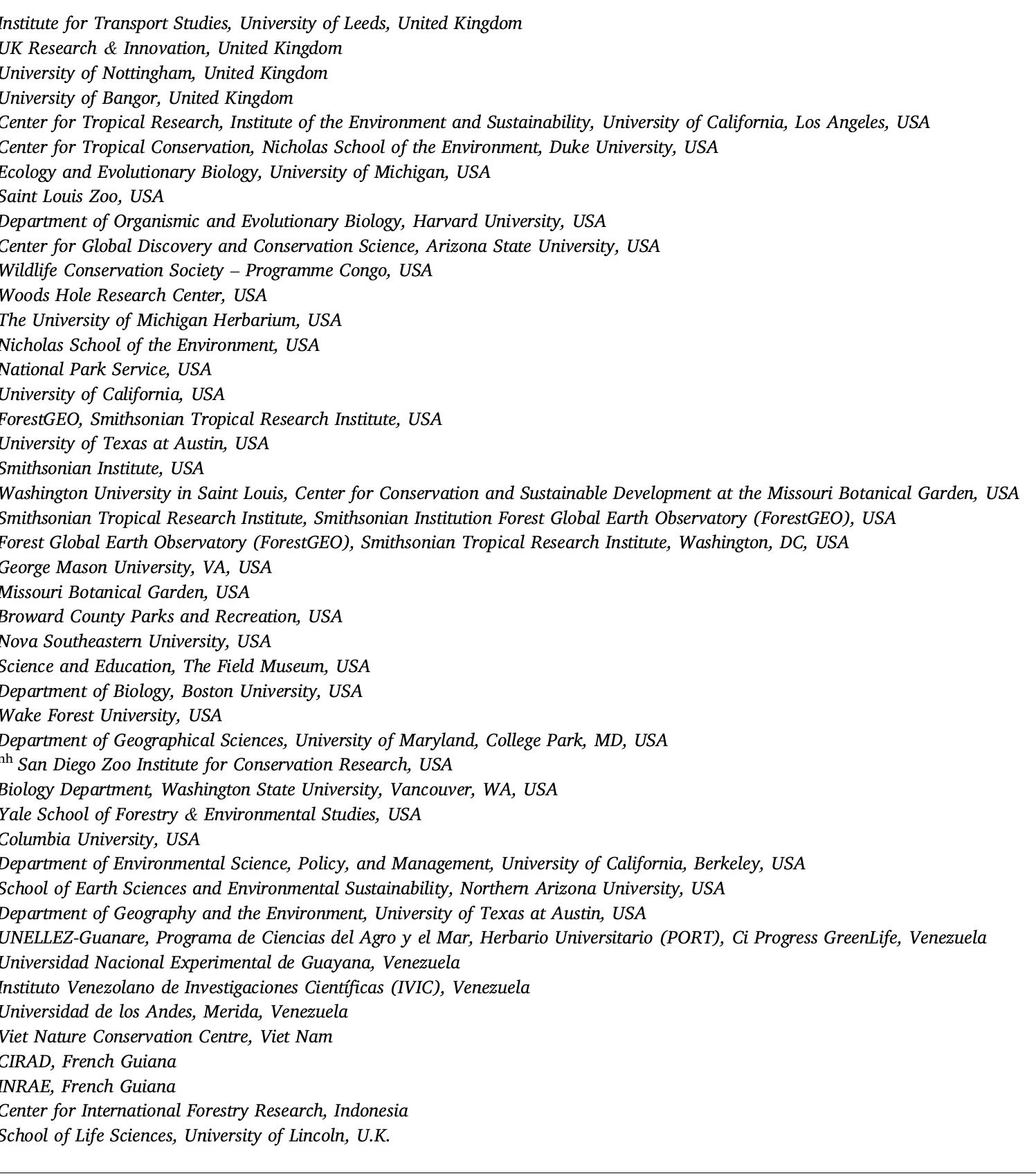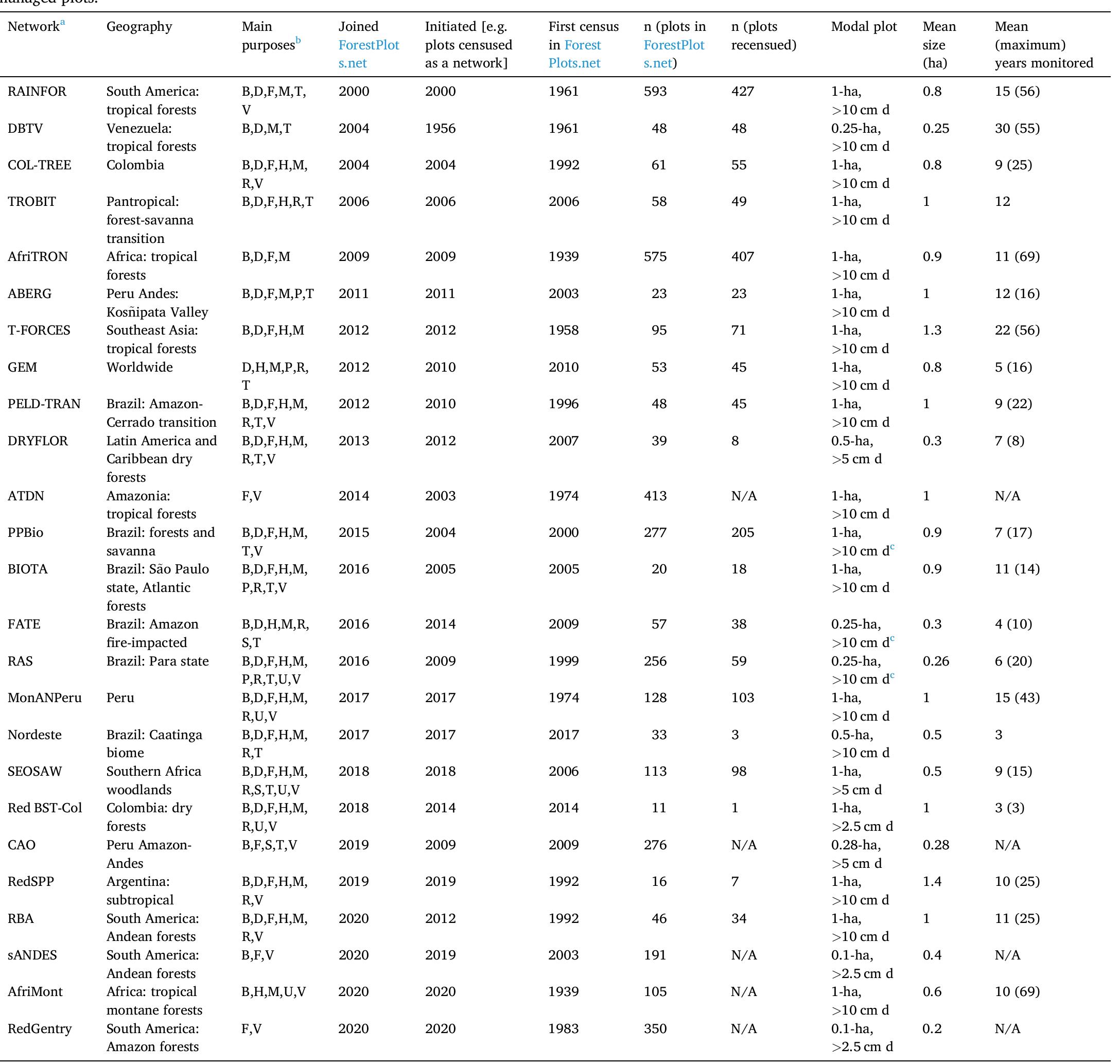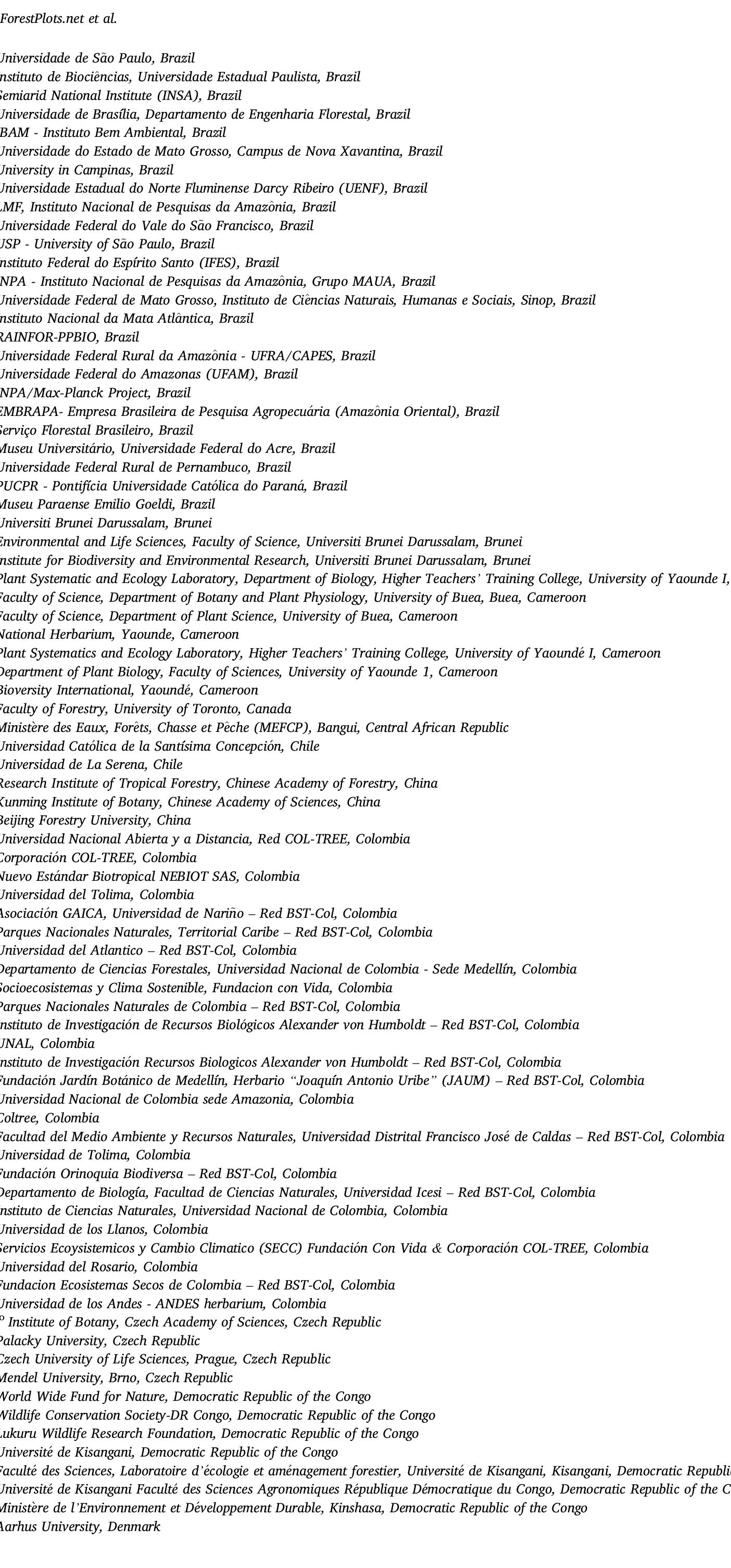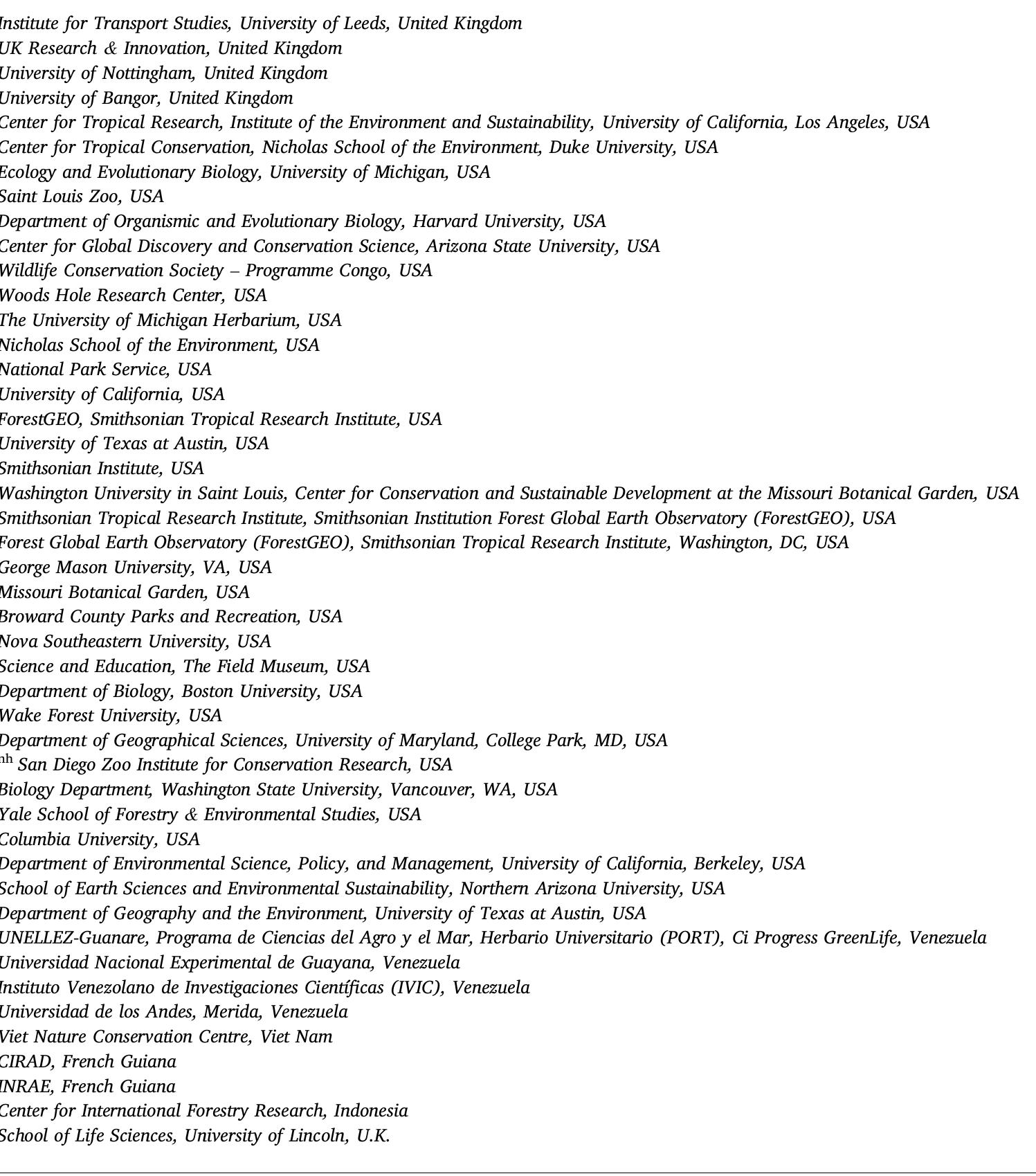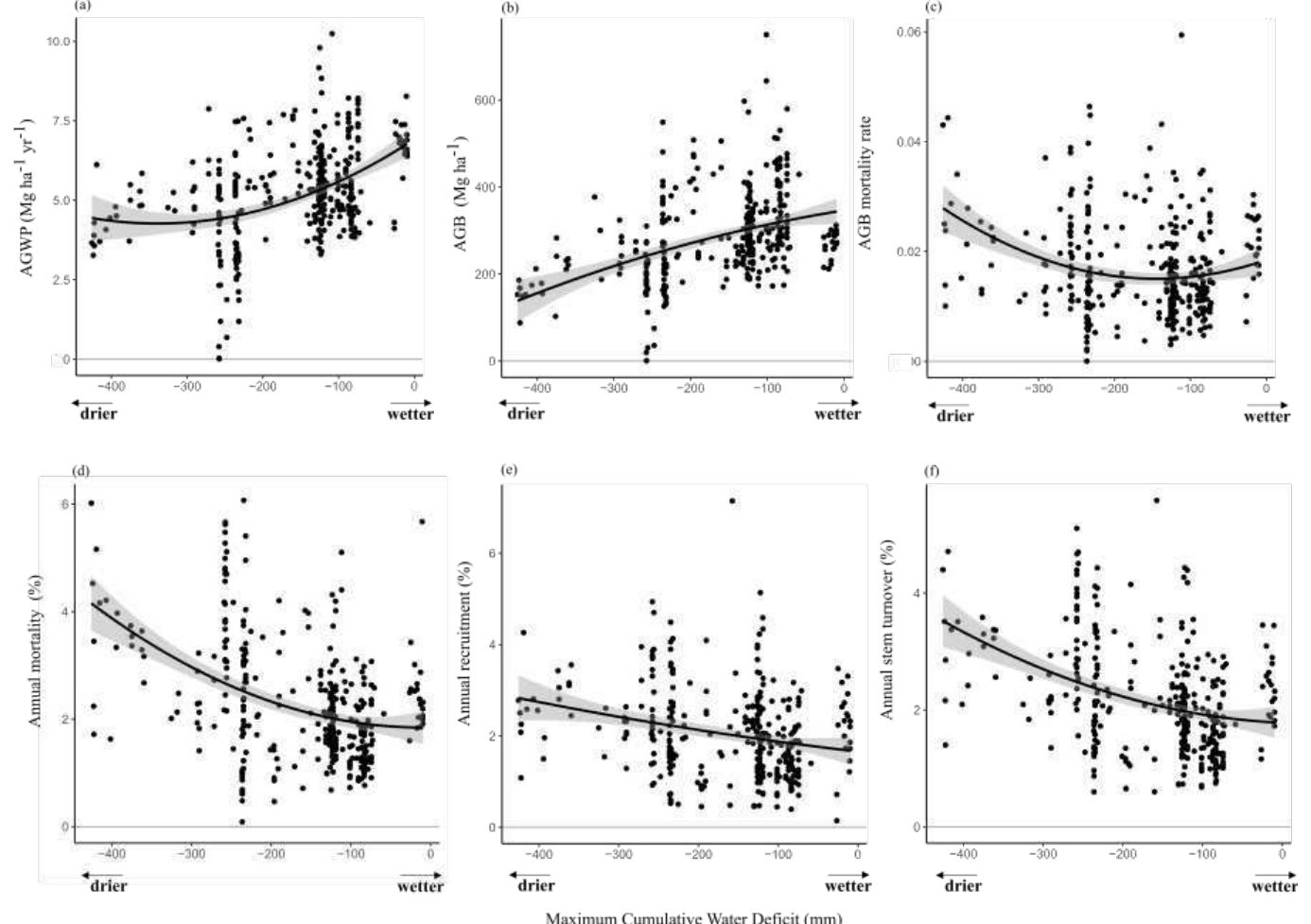Key research themes
1. How do nitrogen cycling and nutrient limitations influence global vegetation productivity and carbon dynamics in DGVMs?
This theme investigates the integration of nitrogen (N) cycling and nutrient constraints within Dynamic Global Vegetation Models (DGVMs) to better understand the limits on primary production and carbon sequestration under current and future climate conditions. Recognizing that nitrogen availability can constrain plant growth, these studies focus on how accounting for plant-soil nitrogen interactions modifies projections of carbon uptake and ecosystem responses to elevated CO2 and climate change, which is crucial for reducing uncertainties in Earth system modeling.
2. How can mechanistic and trait-based approaches improve global vegetation distribution modeling in DGVMs?
This theme explores the application of plant functional traits and mechanistic representations of vegetation processes—such as size structure, allometry, and physiological function—to better predict global vegetation patterns and ecosystem functioning. Trait-based modeling offers the potential to move beyond static Plant Functional Types (PFTs) by capturing continuous variation and acclimation, thereby improving simulation of vegetation responses to environment and climate change.
3. How can dynamic phenology and vegetation-climate interactions be better represented in DGVMs for improved carbon cycle and vegetation dynamics simulation?
Recognizing that vegetation phenology significantly controls carbon, water, and energy fluxes, this theme investigates process-based prognostic approaches for simulating phenological stages linked to climatic and environmental drivers within DGVMs and land surface models. It also considers methods to quantify vegetation responses and resilience to climate variability, emphasizing temporal and regional variability of phenological responses and their impact on ecosystem processes.











